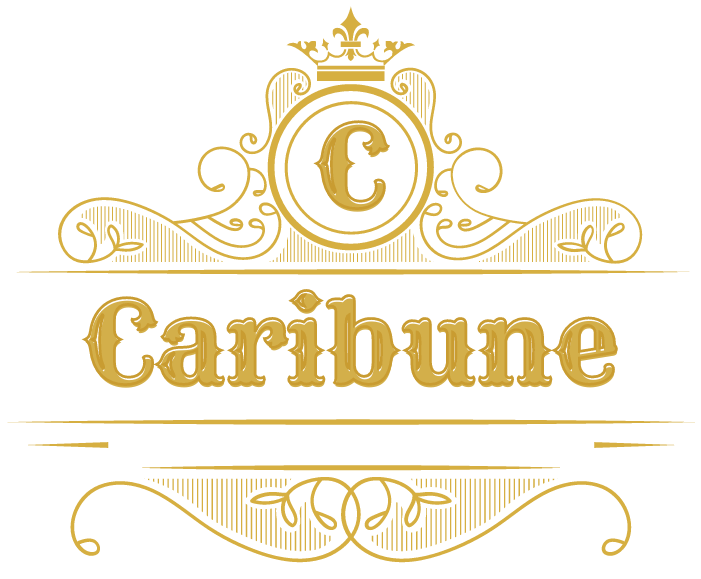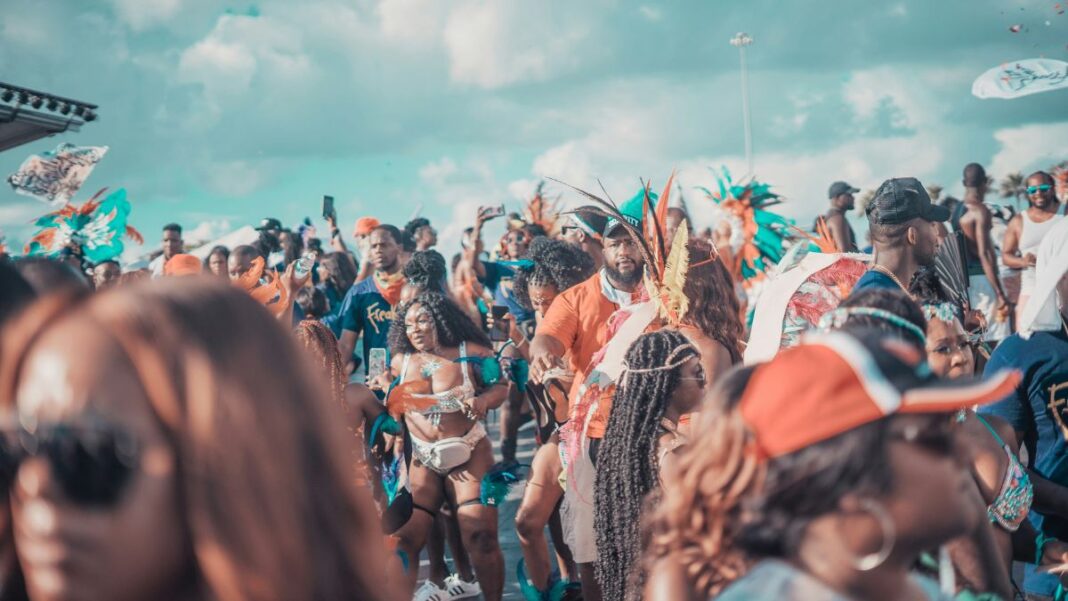The Caribbean islands are a melting pot of diverse cultures, traditions, and histories that have been woven together over time. From the indigenous peoples who first inhabited the islands to the colonial influences that shaped their development, the Caribbean has a rich and complex cultural heritage that is unlike any other in the world.
The cultural landscape of the Caribbean is incredibly varied, with each island nation boasting its own unique blend of influences. African, European, Asian, and indigenous cultures have all left their mark on the region, resulting in a vibrant and diverse tapestry of customs, beliefs, and practices. From the music and dance of the Caribbean Carnival to the mouth-watering flavors of its cuisine, there is something for everyone to discover and enjoy.
Whether you are interested in exploring the region’s colonial history, immersing yourself in its vibrant music scene, or simply relaxing on its stunning beaches, the Caribbean islands have something to offer. With their rich cultural heritage and warm, welcoming people, these islands are a must-visit destination for anyone looking to experience the best that the world has to offer.
Historical Influences
The Caribbean islands have a rich and diverse cultural heritage that has been shaped by a variety of historical influences. These influences include the indigenous cultures that existed in the region before the arrival of Europeans, as well as the European colonization that followed. Additionally, the African heritage of the Caribbean, as well as the contributions of Asian cultures, have also played a significant role in shaping the region’s cultural identity.
Indigenous Cultures
Before the arrival of Europeans, the Caribbean islands were home to a number of indigenous cultures, including the Taínos, Arawaks, and Caribs. These cultures had their own unique languages, customs, and traditions, which were passed down through generations. Today, many of these indigenous cultures have been lost, but their influence can still be seen in the region’s art, music, and cuisine.
European Colonization
The arrival of Europeans in the Caribbean in the late 15th century had a profound impact on the region’s cultural heritage. The Spanish, French, Dutch, and British all established colonies in the Caribbean, each bringing their own language, customs, and traditions. These European influences can be seen in the region’s architecture, religion, and language, as well as in its music and cuisine.
African Heritage
The African heritage of the Caribbean is perhaps one of its most significant cultural influences. Millions of Africans were brought to the Caribbean as slaves during the colonial period, and their culture and traditions have had a lasting impact on the region. African influences can be seen in the Caribbean’s music, dance, religion, and cuisine, as well as in its language and customs.
Asian Contributions
In addition to the indigenous, European, and African influences, the Caribbean has also been shaped by the contributions of Asian cultures. Chinese, Indian, and other Asian immigrants came to the Caribbean in the 19th and 20th centuries, bringing with them their own language, customs, and traditions. Today, these Asian influences can be seen in the region’s cuisine, as well as in its music and art.
Overall, the cultural heritage of the Caribbean islands is a rich and diverse tapestry, woven together by a variety of historical influences. From the indigenous cultures that existed before the arrival of Europeans, to the African heritage of the region’s slaves, to the European and Asian influences that followed, the Caribbean’s cultural identity is a unique and fascinating blend of traditions and customs from around the world.
Cultural Expressions
The Caribbean is home to a rich and diverse cultural heritage that is reflected in its many cultural expressions. From music and dance to festivals and celebrations, language and literature, cuisine and culinary traditions, and visual arts and crafts, the Caribbean has a lot to offer.
Music and Dance
Music and dance are an integral part of Caribbean culture. The region is known for its vibrant and rhythmic music, which is influenced by African, European, and Indigenous cultures. Some of the most popular music genres in the Caribbean include reggae, calypso, salsa, and merengue. These genres are often accompanied by energetic and lively dance styles that reflect the cultural diversity of the region.
Festivals and Celebrations
The Caribbean is famous for its colorful and vibrant festivals and celebrations. These events are an opportunity for locals and visitors alike to experience the rich and diverse cultural heritage of the region. Some of the most popular festivals in the Caribbean include Carnival, which is celebrated in many countries throughout the region, and Junkanoo, which is a Bahamian festival that features colorful costumes and lively music.
Language and Literature
The Caribbean is home to a rich and diverse literary tradition that reflects the cultural diversity of the region. Many Caribbean writers have gained international recognition for their works, which often explore themes of identity, history, and social justice. Some of the most famous Caribbean writers include Derek Walcott, Jamaica Kincaid, and Edwidge Danticat. The region is also known for its unique creole languages, which are a blend of African, European, and Indigenous languages.
Cuisine and Culinary Traditions
The Caribbean is known for its delicious and flavorful cuisine, which is influenced by African, European, and Indigenous cultures. Some of the most popular dishes in the Caribbean include jerk chicken, rice and peas, and plantains. The region is also famous for its rum, which is a popular drink throughout the Caribbean.
Visual Arts and Crafts
The Caribbean is home to a vibrant and diverse visual arts and crafts scene. Many Caribbean artists are known for their colorful and vibrant works, which often reflect the cultural diversity of the region. Some of the most popular forms of visual art in the Caribbean include painting, sculpture, and pottery. The region is also famous for its handicrafts, which include items such as baskets, textiles, and jewelry.
Frequently Asked Questions
What are the primary influences on Caribbean cultural heritage?
The Caribbean cultural heritage is a unique blend of various influences that have shaped its history. The primary influences on Caribbean cultural heritage are the indigenous people of the region, the Africans who were brought to the Caribbean as slaves, and the Europeans who colonized the region. These influences have contributed to the rich and diverse cultural heritage of the Caribbean.
How has history shaped the cultural diversity of the Caribbean?
The history of the Caribbean has played a significant role in shaping its cultural diversity. The region has been shaped by waves of migration, colonization, and slavery, which have combined to form a unique blend of customs, cuisine, and traditions. The cultural diversity of the Caribbean is a reflection of its history, and it continues to evolve today.
What are some examples of traditional Caribbean music and dance?
Traditional Caribbean music and dance are an essential part of the region’s cultural heritage. The Caribbean is known for its vibrant and energetic music, which includes genres such as reggae, calypso, salsa, and soca. The region is also known for its lively and colorful dance styles, such as salsa, merengue, and samba.
How do language and religion reflect the cultural diversity of the Caribbean?
The languages spoken across the Caribbean islands represent a fascinating tapestry of linguistic diversity. The region is home to various languages, including Spanish, English, French, Dutch, and Creole. Religion is also an essential aspect of Caribbean culture, with Christianity, Hinduism, and Islam being the most widely practiced religions.
What role does cuisine play in Caribbean culture?
Cuisine is an integral part of Caribbean culture and reflects the region’s diverse history and cultural influences. Caribbean cuisine is a fusion of African, European, and indigenous cuisine, with dishes such as jerk chicken, rice and peas, and plantains being popular throughout the region.
How do annual festivals and celebrations showcase Caribbean heritage?
Annual festivals and celebrations are an essential part of Caribbean culture and provide an opportunity to showcase the region’s heritage. These festivals and celebrations are a reflection of the region’s diverse history and cultural influences. Examples of annual festivals and celebrations include Carnival, Junkanoo, and Emancipation Day.

